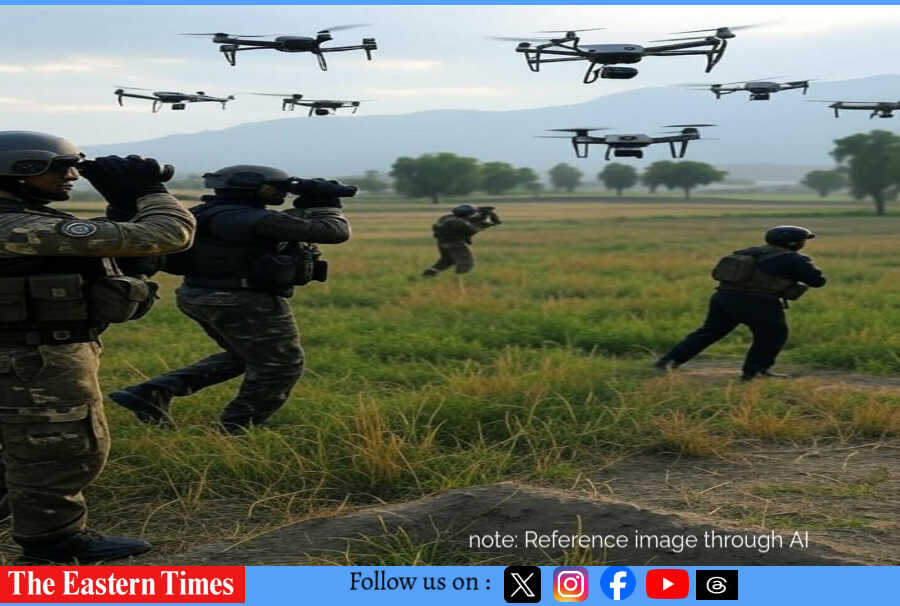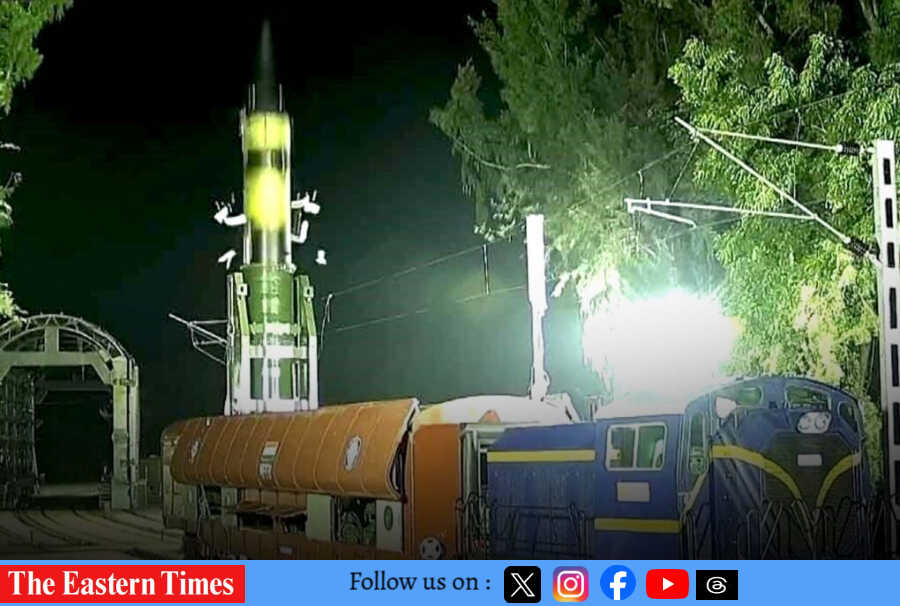Rogue Pakistani Drones Return to Indian Skies Post Operation Sindoor
After a period of calm following Operation Sindoor, Indian security agencies are once again facing a renewed challenge from rogue drones entering the country through the Punjab border. Recent sightings have raised alarms, especially because the new drones are more advanced and harder to detect.
According to reports, six Pakistani drones were intercepted by the Border Security Force (BSF) near the International Border in Amritsar. From these drones, the BSF recovered three pistols and over 1 kg of heroin. The operation was successful due to quick action and reliable intelligence.
These drones are not the same as those used in earlier smuggling attempts. They now fly at higher altitudes, take zigzag routes to avoid radar, and are often made to crash after delivery to prevent data tracking. Many of them are Chinese-made, giving them longer range and better capabilities than before.
Security forces believe that Pakistani smugglers and terror groups have upgraded their tactics. After facing strong retaliation during Operation Sindoor, there was a pause in such activities. However, the smugglers have now returned with more powerful tools. The ISI is reportedly pushing terror outfits to use drones not only for smuggling arms and drugs but also for infiltration support and real-time surveillance of Indian border patrols.
The drones are being used to identify weak points along the border and avoid Indian patrols during infiltration attempts. The ISI is believed to have intensified drone-based operations, especially after heavy losses suffered by groups like Jaish-e-Mohammed and Lashkar-e-Toiba during Operation Sindoor.
With direct infiltration becoming difficult due to heightened Indian surveillance in Punjab and Jammu & Kashmir, there is now increased dependency on drones. This creates a significant challenge for Indian forces, who are now planning to deploy more real-time tracking and interception systems to counter the threat.
India’s current drone detection capabilities mostly rely on sound and visual spotting, which are often not enough against high-flying, GPS-guided drones. Hence, a technological upgrade in surveillance systems is expected soon.
As the threat evolves, Indian security forces remain on high alert, working continuously to stop the flow of weapons and drugs into the country, and to prevent any cross-border infiltration aided by drone technology.
Highlights:
BSF intercepted 6 Pakistani drones near Amritsar; arms and 1.07 kg heroin recovered.
New drones are more advanced, fly in zigzag patterns, and crash post-delivery to avoid detection.
ISI-backed terror groups are using drones for infiltration support and real-time surveillance.
India plans to deploy advanced interceptors as sound-based detection is no longer effective.
Connect with us through social media
Facebook:
 https://www.facebook.com/profile.php?id=61577015427068
https://www.facebook.com/profile.php?id=61577015427068X (Twitter):
 https://x.com/times_555
https://x.com/times_555Instagram:
 https://www.instagram.com/the_eastern_times_/?next=%2F&hl=en
https://www.instagram.com/the_eastern_times_/?next=%2F&hl=enMail (Email):
 contact.theeasterntimes@gmail.com
contact.theeasterntimes@gmail.com

















Leave a Reply